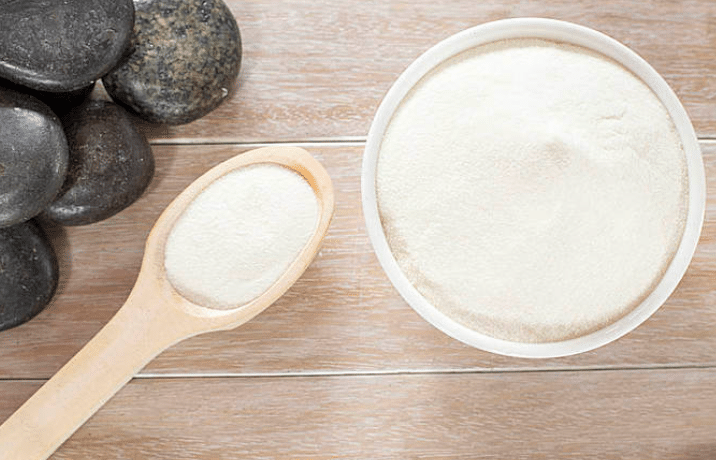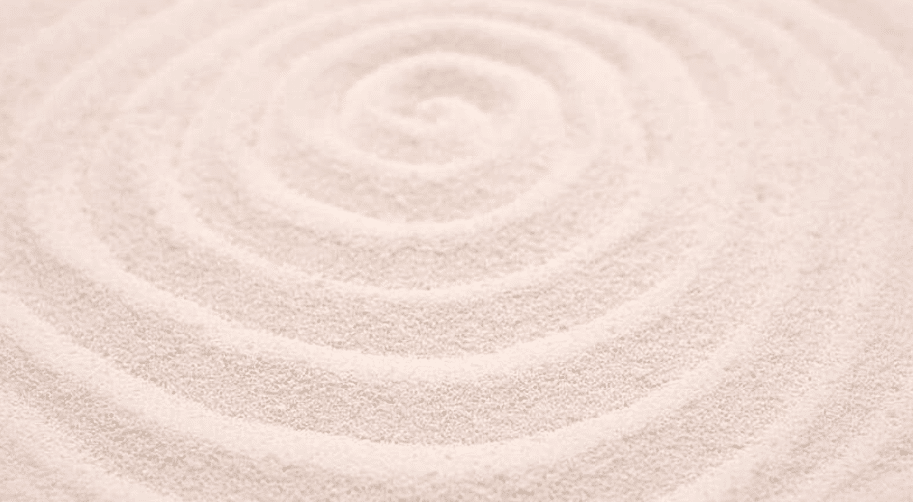Introduction
In the world of skincare, haircare, and wellness products, natural ingredients have become key players. Among these are chitosan and hydrolyzed keratin, two substances widely known for their beneficial effects on skin, hair, and general health. Although they each provide unique benefits, they are derived from different sources and function differently in products. This article will explore chitosan and hydrolyzed keratin in detail, comparing their origins, benefits, and applications.
What is Chitosan?
Origin and Structure
Chitosan is a natural polysaccharide derived from chitin, which is found in the exoskeletons of crustaceans such as shrimp, crabs, and lobsters. The process involves removing the shells of these crustaceans, which are then processed to obtain chitin and further modified to produce chitosan. Because of its biocompatibility, chitosan is widely used in various industries, including pharmaceuticals, cosmetics, and agriculture.
Main Benefits of Chitosan
- Antimicrobial Properties
Chitosan has natural antimicrobial and antibacterial properties, making it effective in inhibiting the growth of bacteria and fungi on the skin. This quality makes it popular in wound care and infection prevention.
- Moisture Retention
Chitosan is a strong moisture-binding agent, which helps retain moisture when applied to the skin or hair. This property makes it an excellent ingredient in skincare and haircare products, especially for people with dry skin or hair.
- Biodegradability
Chitosan is biodegradable, making it an eco-friendly option in the cosmetic and pharmaceutical industries. It breaks down naturally without harming the environment.
- Film-Forming
When applied to the skin or hair, chitosan forms a thin, protective film that can shield against environmental pollutants. This film also provides a smooth texture, which is often desired in hair products.
- Promotes Healing
Due to its antimicrobial and film-forming abilities, chitosan supports wound healing and skin repair. It’s used in medical dressings to encourage faster recovery.
Applications of Chitosan
Chitosan’s properties make it suitable for a wide range of applications. In skincare, chitosan is used in moisturizers, anti-aging creams, and acne treatments. In haircare, it helps to strengthen the hair and maintain moisture. The film-forming property is also ideal for hair sprays and styling products. Furthermore, in medical fields, it’s used for wound dressings and as a delivery system for drugs due to its biocompatibility.
What is Hydrolyzed Keratin?
Origin and Structure
Hydrolyzed keratin is a type of protein that comes from the breakdown of keratin, a protein naturally found in human hair, nails, and skin. To make hydrolyzed keratin, keratin is treated to form smaller, easily absorbed molecules. This treatment increases keratin’s effectiveness when applied to hair and skin because it penetrates deeper layers more easily. The hydrolyzed version of keratin is derived mainly from sources like wool, feathers, or even hair.
Main Benefits of Hydrolyzed Keratin
- Restores Protein to Hair
Hydrolyzed keratin is particularly well-known for its use in haircare products. Since hair is primarily made of keratin, adding hydrolyzed keratin can help replenish the hair shaft, restoring protein to weak or damaged hair.
- Improves Hair Elasticity
Keratin enhances elasticity in hair, making it less likely to break. This is especially beneficial for people with damaged or brittle hair.
- Moisturizing
Although it doesn’t attract moisture as much as chitosan, hydrolyzed keratin still aids in keeping hair moisturized, reducing frizz and dryness in the process.
- Strengthens Skin Barrier
When used in skincare, hydrolyzed keratin strengthens the skin’s protective barrier, aiding in moisture retention and reducing water loss. It’s beneficial for people with sensitive or dry skin as it adds resilience.
- Adds Shine and Smoothness
Hydrolyzed keratin makes hair shinier and smoother. It is often included in hair products to give a glossy look and softer feel, making it a popular choice in conditioners and treatments.
Applications of Hydrolyzed Keratin
In haircare, hydrolyzed keratin is present in shampoos, conditioners, and leave-in treatments designed to strengthen hair and improve texture. It is also found in skincare products aimed at enhancing the skin’s resilience and hydration. In nail care, it can support the strength and growth of nails due to its protein content.
- Origin and Composition
Chitosan, a polysaccharide from crustaceans, and hydrolyzed keratin, a protein from animal sources, differ in their composition and origins. Chitosan’s sugar-based structure allows it to be more versatile in terms of moisture-binding and film-forming, while hydrolyzed keratin is primarily used for protein repair, particularly in hair.
- Moisturizing Abilities
While both chitosan and hydrolyzed keratin have moisture-related benefits, chitosan has a stronger ability to retain moisture, making it effective for skin hydration. Hydrolyzed keratin focuses on restoring protein and provides moderate moisture, ideal for treating damaged hair.
- Environmental Impact
Chitosan is biodegradable and environmentally friendly. This property makes it more sustainable compared to hydrolyzed keratin, which may require synthetic processes and does not break down as naturally.
- Suitability for Sensitive Skin
Chitosan’s biocompatibility and antimicrobial properties make it suitable for sensitive skin types and even for medical use. Hydrolyzed keratin, while effective in strengthening skin and hair, is more suitable for specific cosmetic use rather than medical applications.
- Functionality in Products
Chitosan’s ability to form a protective film makes it useful in products where a barrier effect is needed, like hair sprays or face masks. Hydrolyzed keratin, due to its protein composition, is ideal in products aimed at strengthening and repairing damaged hair, such as conditioners and intensive treatments.
Which One to Choose?
For Haircare
If the goal is to strengthen, restore, and add shine to the hair, hydrolyzed keratin is likely the better option, especially for those with damaged or brittle hair. Keratin treatments can help replenish lost protein, smooth hair cuticles, and reduce frizz.
For Skincare
Chitosan is generally better for skincare applications due to its antimicrobial and moisture-binding properties, as well as its compatibility with sensitive skin. It’s ideal for moisturizing products and protective formulations like face masks or lotions.
Environmental Impact Considerations
For those seeking environmentally friendly options, chitosan stands out as biodegradable. It’s not only sustainable but also provides benefits for both skin and hair applications.
Conclusion
Chitosan and hydrolyzed keratin each bring valuable benefits to the table in cosmetic and health industries, though they differ in origin, composition, and primary uses. Chitosan’s strength lies in its moisture-retention, antimicrobial, and film-forming abilities, making it ideal for skincare and certain haircare products. Hydrolyzed keratin, on the other hand, excels in protein restoration, elasticity improvement, and adding shine to hair, making it perfect for strengthening and repairing damaged hair.



